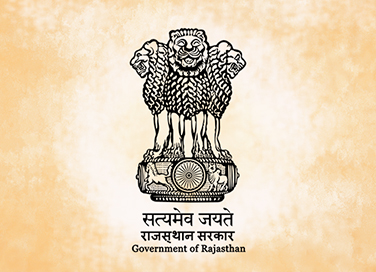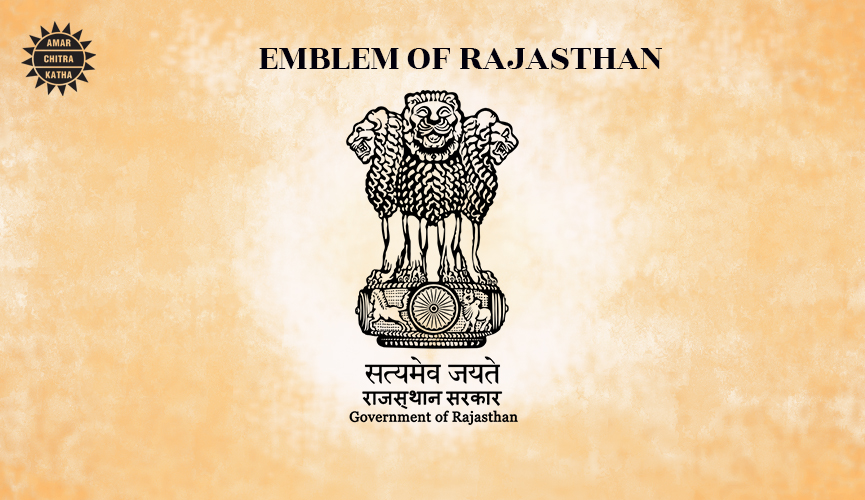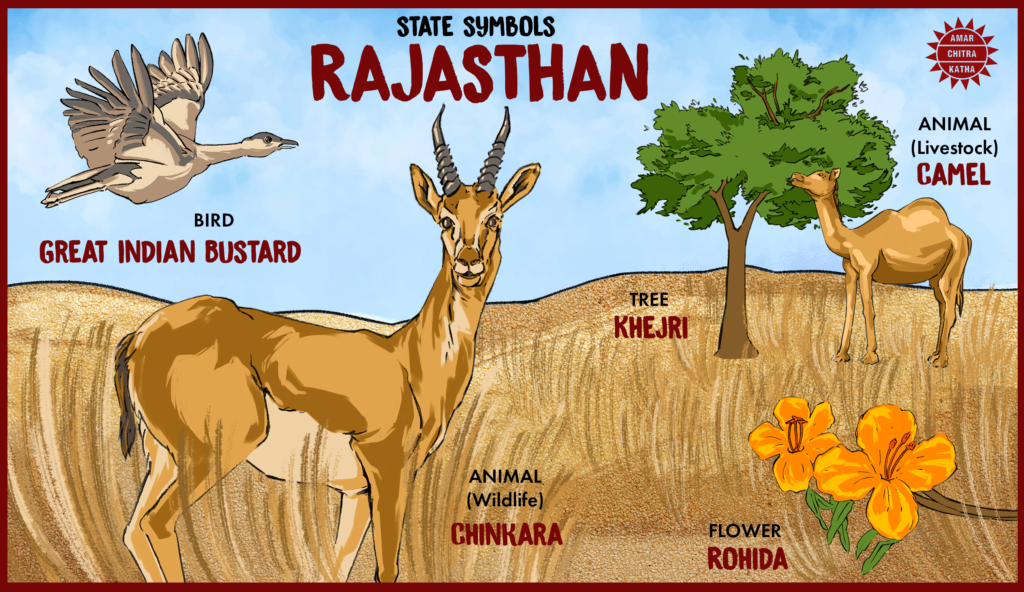The Story of Rajasthan
- November 10, 2022


The Story of Rajasthan
- November 10, 2022
By Srinidhi Murthy
Formed on 30 March, 1949, Rajasthan is the largest Indian state by area, with Jaipur as its capital. It shares borders with the states of Haryana and Uttar Pradesh to the northeast; Madhya Pradesh to the southeast; Gujarat to the southwest; and Punjab to the north. The name Rajasthan is derived from the Sanskrit words ‘Raja’ (king) and ‘Sthana’ (land), translating to ‘The Land of Kings’. 
The history of this state dates back to thousands of years. It can be classified into three major eras:
To receive more such stories in your Inbox & WhatsApp, Please share your Email and Mobile number.
Rajasthan started out as part of several republics like the Malavas, Arjunyas, Yaudhyas, Kushans, Saka Satraps, Guptas, and Hunas. For a while, it belonged to the Gupta dynasty.
Then, around 700 AD, Rajput clans began ascending to power. The Gurjara-Pratiharas ruled Rajasthan from 750-1000 AD. They kept the Arab invaders at bay in the Sindh region (present-day southeastern Pakistan). But their power eventually declined and other clans such as the Chalukyas, Parmars and Chauhans fought for supremacy.
During the 11th century, the Chauhan dynasty, with their capital at Ajmer (and later, Delhi), became the major power in the eastern region. In the First Battle of Tarain, Prithviraj Chauhan, the then-ruler, defeated Muhammad Ghori, a Sultan from the Ghurid dynasty. In 1192, Ghori defeated Chauhan, establishing Muslim rule in northern India.
Mughal forces began to subdue states that belonged to Rajputs, expanding their own territory. At the beginning of the 16th century, under the leadership of Rana Sanga of Mewar, the Rajputs began to rise to power. Then, Sanga was defeated in a battle with the Mughal emperor, Babur.
During the 16th century, Akbar gained control over the region through a series of marriage alliances with Rajput princesses for himself and his heirs. But some Rajput rulers like Rao Chandrashekar Rathore (Marwar), Rana Udai Singh (Mewar), and Maharana Pratap (Mewar) remained at constant war with Akbar. The influence of both the Rajputs and Mughals can be seen in the architectural landscape of Rajasthan.
The famous battle of Haldighati between the Mughal forces and Maharana Pratap took place in 1576, in which Rana Pratap was severely injured. His horse, Chetak, carried his master safely away from the battle but soon collapsed. There is still a monument constructed by Pratap at the place where his loyal horse died.
Akbar, the most famous of the Mughals, unified the different parts of Rajasthan into one province. When the Mughal empire began to decline after the death of Aurangzeb, great-grandson of Akbar, the Maratha empire began to gain control over the region in the early 18th century. During the reign of Peshwa Baji Rao I of Pune, he expanded to the north of Rajasthan and merged with the Rajput kingdoms.
Then, a new chapter in Indian history began with the arrival of the East India Company. In the 19th century, the Rajputs had been drained in terms of finances and military force, after continuous wars with the Marathas. To stabilise their kingdoms, they joined hands with the British, accepting their control over external affairs in exchange for internal autonomy. Thus, the Britishers subdued the power of the Marathas and united the Rajput states into a single province.
Rajasthan remained under British rulership until India gained its independence in 1947.

Rajasthan is known for producing some of the country’s bravest and most valiant freedom fighters.
Rao Gopal Singh Kharwa (1872-1939), was a ruler of Kharwa state near Ajmer, in Rajasthan. He was sentenced to four years of imprisonment for organising a revolt against the British.
Sagarmal Gopa (1900-1946), was a freedom fighter from Jaisalmer and an active participant in the non-cooperation movement of 1921. He was burnt to death in prison on 4 April, 1946. Post-independence, the government issued a postage stamp in his honour.
Daulat Maal Bhandari (1907-2004), was a freedom fighter. He organised the ‘Azad Morcha’ in Jaipur and staged satyagraha. He was imprisoned for nine months. After independence, Bhandari became the Chief Justice of Rajasthan High Court in 1968.
Janki Devi Bajaj (1893-1979), was one of the prominent female freedom fighters from the region. She was imprisoned for her participation in the Civil Disobedience Movement of 1932. She was awarded the Padma Vibhushan in 1956.
Swami Keshwanand (1883-1972), was a social reformer and freedom fighter from Sikar District in present-day Rajasthan. He participated in the Non-Cooperation Movement of 1921 and was imprisoned for it in Ferozepur (in present-day Punjab), for two years.
After 1947, the princely states of Rajasthan were slowly integrated into a single entity. They were grouped into small unions, then merged with the remaining Rajput states to create Greater Rajasthan in 1949.
Today, Rajasthan is home to eight UNESCO World Heritage Sites. It is known for its magnificent palaces, museums, and temples. Tourists flock to its offerings like Jaipur (known as the Pink City, because of the dominant colour of its buildings) and Udaipur (known as City of Lakes). The Ranthambore Tiger Reserve, temple town of Pushkar, and Chittorgarh Fort are other famous landmarks of Rajasthan.
To receive more such stories in your Inbox & WhatsApp, Please share your Email and Mobile number.

Comic of The Month
The Naval Journey of India Book I
This book is the first of a three-book series that takes a deep and detailed look at India's Naval History and a deep insight into the lives of our men and women in white. But any series on the Indian Navy has to start at the very beginning - exploring India's celebrated maritime history. Join our little hero, Bharat, and his grandfather, Commodore Sagar, as they sail into the deep blue waters of time. Book I of The Naval Journey of India takes a sweeping look at India's maritime endeavours, how the seas impacted us over millennia and how the oceans made us who we are.